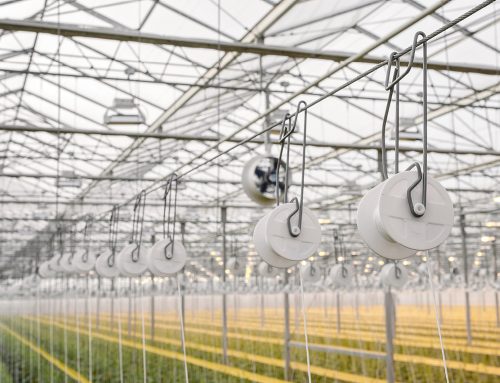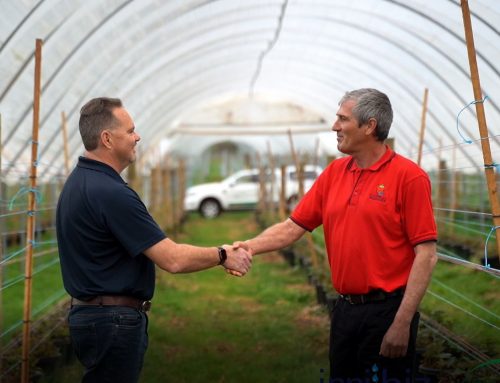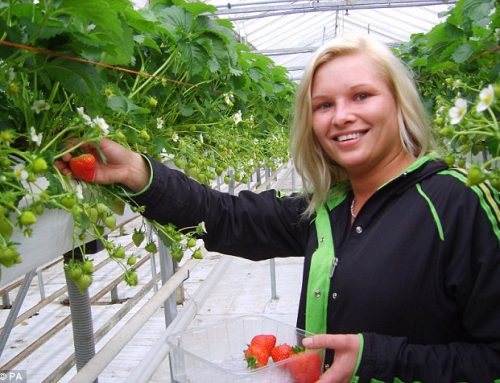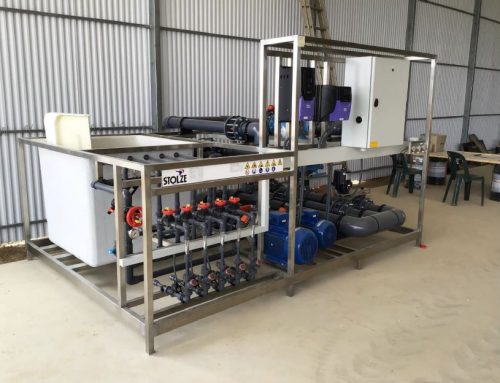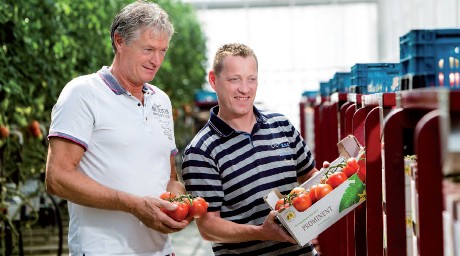 In a recent interview with Berry Baruch of Schenkeveld, Netherlands, he outlines how he many an increase in production per square meter without specifically aiming for it.
In a recent interview with Berry Baruch of Schenkeveld, Netherlands, he outlines how he many an increase in production per square meter without specifically aiming for it.
“I’m very satisfied with the first phase of the development of this crop grown with lighting. The crop is very generative and the quality of the tomatoes is exceptionally good,” says crop manager Berry Baruch at Kwekerij Schenkeveld in Schipluiden. He is responsible for all of the company’s 29 hectares of tomatoes. Besides these 10 hectares of large vine tomatoes of the variety Merlice that are being grown with lighting at site 3, Schenkeveld also grows Merlice without lighting in another 9.3 hectares, and ‘Bliss XL’, a speciality, in 10 hectares. The Merlice plants that are being grown with lighting were sown on 11 August and planted out on 7 October, by which time a quarter of the plants were in flower. Schenkeveld uses Grodan’s single plant system: each duo block has its own stone wool slab of 50 x 15 x 10 centimetres. “A great advantage of this system is that conditions are the same for all the plants. Plants don’t end up with drainage water and root exudates from other plants. It’s also easier to promote generative development in such small blocks, and you benefit a lot from that at the beginning and end of the season. Last year we managed to increase our production by 1 kilo per square metre without being able to specifically aim for that. Now we’re using this system for all our plants.”
Schenkeveld nursaries also replaced its 8-year-old drip irrigation system and has installed Grodan’s wireless ‘GroSens’ system so as to be able to accurately monitor the water content and EC of the slabs. Baruch regularly walks through the greenhouse with the GroSens HandHeld meter to check the readings. “The values are always very homogeneous,” he concludes. The slabs were filled with water with an EC of 3.8, after which the EC in the slabs was allowed to rise to 7-8. “After that the EC steadily dropped to 4.” The grafted-topped plants were planted 66 centimetres apart, after which the first vine side shoot was allowed to develop on half of the plants. In week 50 an extra side shoot was allowed to develop on the other plants.
Source: Grodan
Image: HortiDaily


